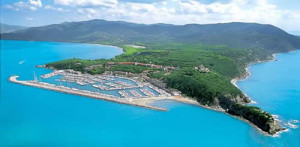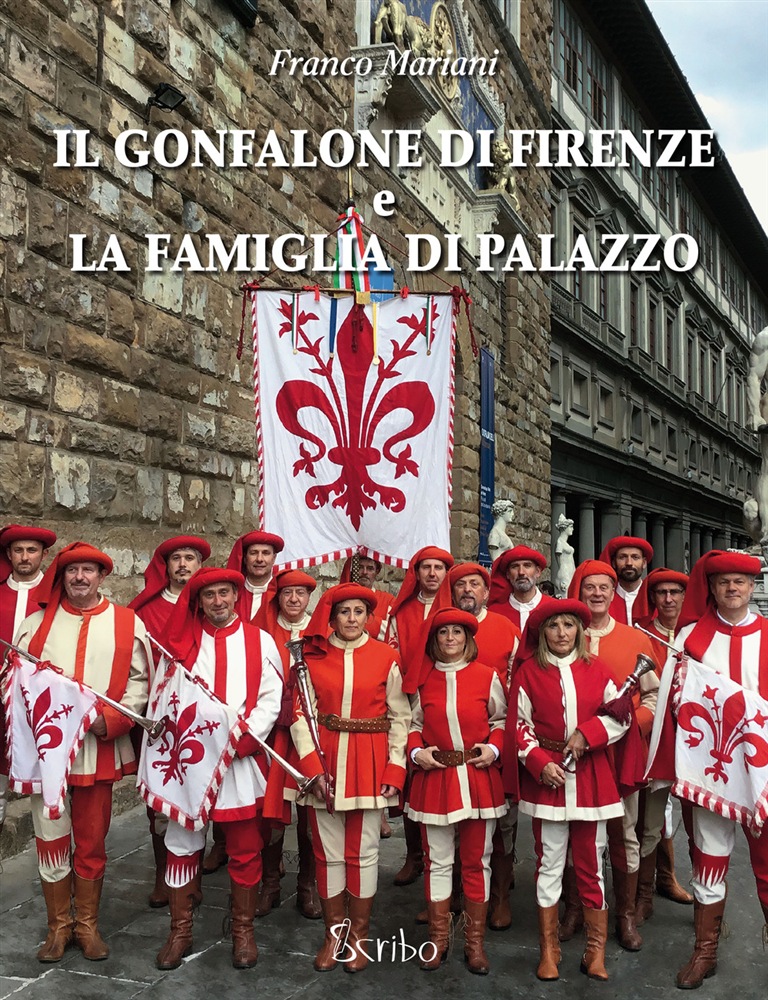Punta Ala: history and legend of a small Tuscan paradise
 Punta Ala (Originally Punta Troia) is a village in the municipality of Castiglione, in the province of Grosseto, popular seaside resort situated on the northern slopes of the headland.
Punta Ala (Originally Punta Troia) is a village in the municipality of Castiglione, in the province of Grosseto, popular seaside resort situated on the northern slopes of the headland.
Today is an exclusive tourist destination of refined beauty. Located on a strip of land surrounded on three sides by the sea and covered by a thick pine forest.
It is renowned not only for the beauty of the land, for its tranquility, for the golf course, the marina, and numerous sailing regattas are organized.
The Italian aviator Italo Balbo was struck by the beauty of this place, observing it during flights at a time of Tripoli. He bought an old fort and gave the name of Punta Ala in this area which also became the training base for its fleet, in that 1931 was the protagonist of the first flight across the ocean.
In the sixties, then with the construction of numerous villas and began the real development of the port of Punta Ala to become the elegant and refined resort that now everyone knows.
Punta Ala is today is a popular place for holidays in five-star: in a natural scenery of cliffs, Mediterranean vegetation and pine forests, were built luxury residences and a marina high-level. Every year is visited by VIPs and celebrities.
It was Luna Rossa base for the time America's Cup 2000 and 2003.
Until the sixties of the last century, this promontory was a natural paradise. The history of the Grand Duchy of Tuscany had barely touched. In 1557, for a series of treaties, occurred as a result of the conquest of Siena by Cosimo I de 'Medici, Eleonora of Toledo gets donation in Punta Troia. It was decided to erect a square tower on the headland, which until then had desert; there was only one tower on the island of Old Troy, in fact build 1400 by Appiani of Piombino.
In 1577, on the northwest side of the Poggio del Barbiere, in front of Piombino, another square tower was erected, Torre Hidalgo, order of Jacopo IV Appiani.
There are major interventions until the end of 1700, when the two towers were enlarged by Ferdinand III. The whole area, except for a few farm houses and the two forts, remained uninhabited for centuries because of the backwardness of Maremma, dell'imperversare malaria and lack of roads.
The headland passes from hand to hand until the Fascist when it is purchased by Italo Balbo, minister and the general regime, he did deforest part of the territory, open a new road, build farms and restore the castle to make it comfortable for himself and his guests in high places.
The present name, Punta Ala, fu voluto of Balbo, to replace it to that of Punta Troy, not well adapted to the abode of the high office of Fascism. It was called Punta Ala and the islet close, Troy became The Old Hawk, while the rocks between the islet and the Punta remained Piglets.
Legend has it that the old name is to be attributed to a sow boar that, to escape from the hunters, ended up in the sea followed by its small.
The authorship of the new name is attributed to the same Balbo, that, flying over the cape with his seaplane, he fell in love recognizing the wing profile.
Among the places to visit include:
Church of Our Lady of Consolata, modern religious building built in 1961 the architects Di Salvo and Piemontese. It looks like a church hut in wood and copper particular for its unique and unusual appearance.
Chapel of St. Anthony, small place of worship located in the castle, dating back to the 1707.
The Hidalgo Tower, which dominates the modern town, was built during the sixteenth century in defense of the southern end of the Principality of Piombino.
The Castello di Punta Ala, also the sixteenth, was built by the Medici on the headland to the south east of the town to control the coastal stretch north of Castiglione.
The Tower of Appiani was built in the eponymous princes of Piombino islet of the Sparrowhawk to the current settlement, to strengthen the defenses of their principality, today is abandoned.
Michael Lattanzi
By the number 32 – The Year of 24/09/2014







Follow Us!